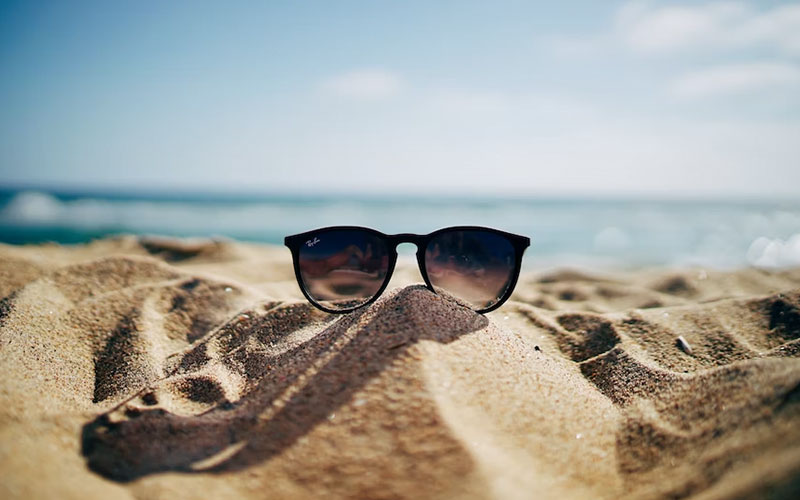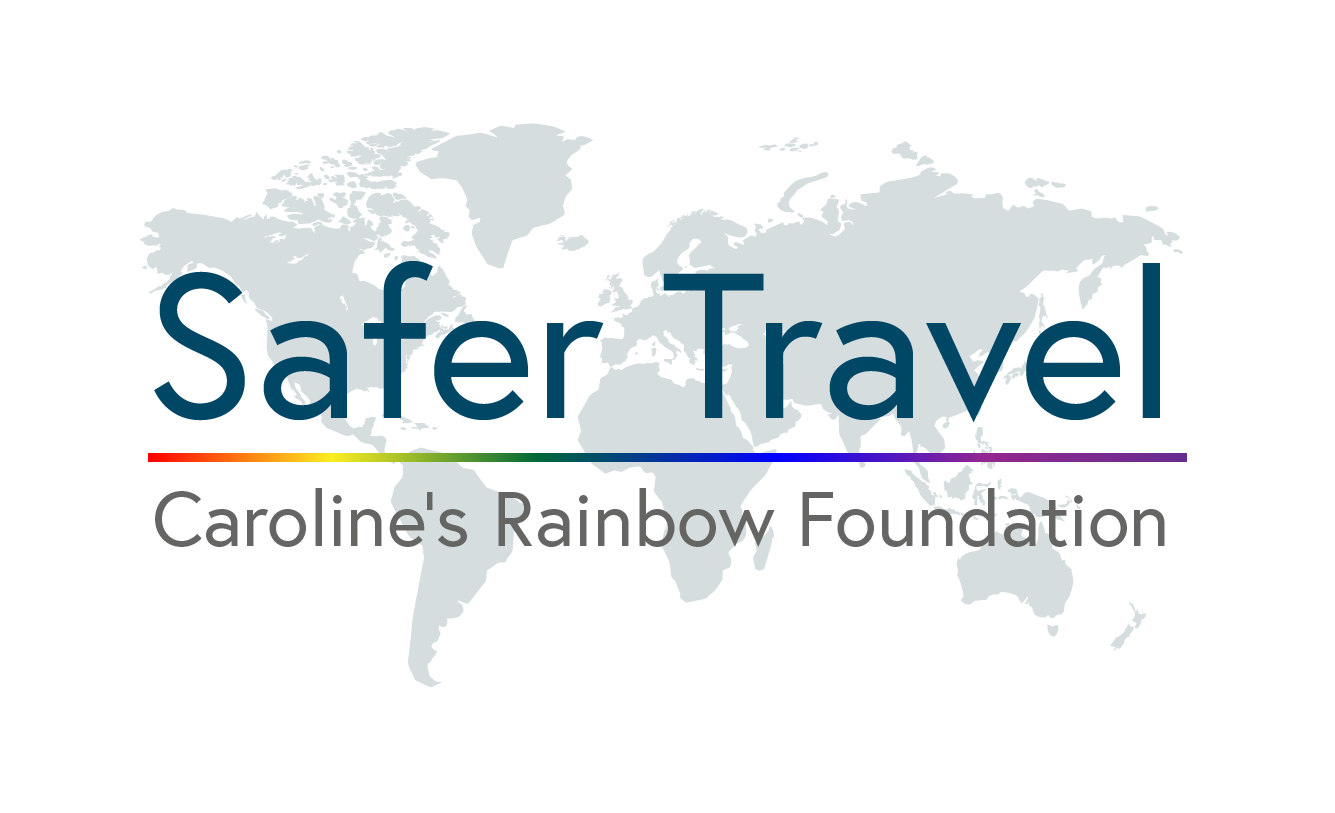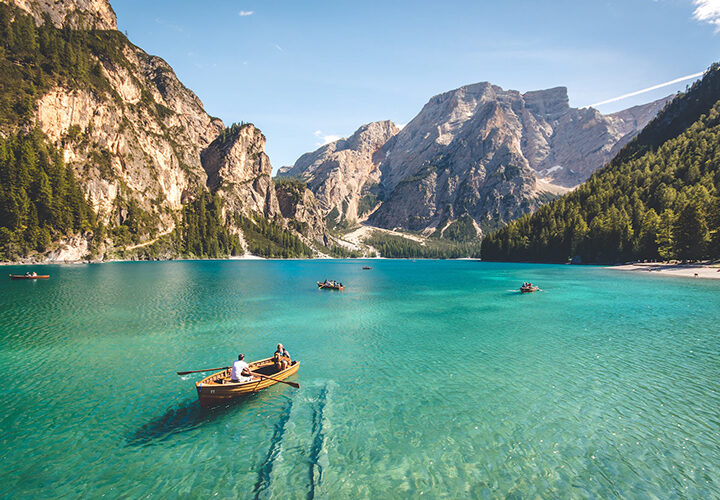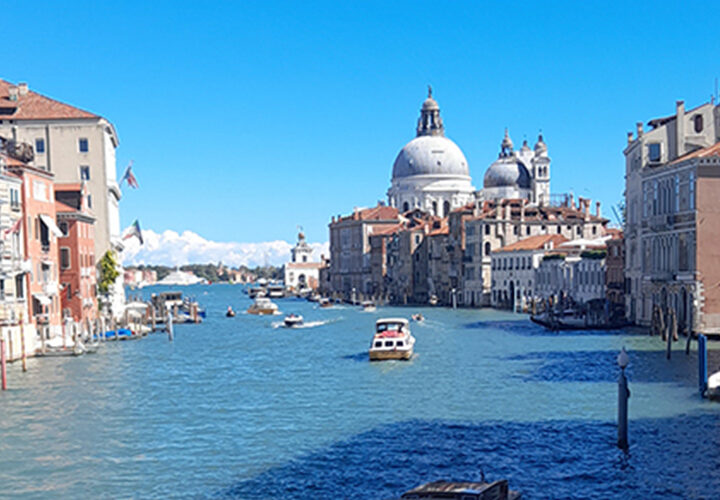Heatwaves and Being Safe in the Heat
When we plan a holiday a lot of us are looking for sunny weather and high temperatures, the most popular holiday destination for people from the UK is Spain due to it being mostly nice weather and can be a cheaper holiday compared to other destinations. Spain’s average summer temperatures in the months of July and August are high temperatures of 36 degrees Celsius and lows of 17. However, recently Spain and many other countries in Europe, Australia, Asia and the US have been suffering from extreme heat temperatures, dry weather and wildfires. A heatwave is an extended period of hot weather compared to what is usually expected at that time of year and European countries including Spain, France, Germany and Poland have been warned about the extreme heat they are facing this next week. Spain reached temperatures as high as 45 degrees Celsius and has been predicted to get even higher.

Impact of the Heatwave
These European countries and their people are suffering greatly due to the heat, in many places’ wildfires have started. A wildfire in Athens, Greece started in a pine forest on Monday 17th July and caused many people to evacuate seaside resorts and hotels, neighbouring areas were advised to keep all doors and windows shut due to smoke with high winds causing it to spread. Luckily, the firefighters were able to control it and stop it from spreading further. This is similar to the situation on the island of La Palma in Spain, a raging fire started and forced over 4,000 villagers to evacuate and destroyed many buildings and over 10,000 acres of land.
The health of the people living and visiting these countries is also at risk, very high temperatures can cause symptoms such as nausea, headaches, vomiting and fainting as well as dehydration. As the temperatures are rising in these European countries there has been urgent health warnings including heat strokes, heat exhaustion and heart attacks, especially for vulnerable people such as very young children, those with health conditions and the elderly. People’s safety can be put at a huge risk at these temperatures, last year’s summer season caused an estimated 61,000 people to die in Europe due to the hot weather with Spain, Italy and Germany the having highest number of heat-related deaths, and this year’s heatwave is looking worse!
To help people stay safe, precautions and terms have been put in place whilst the heatwave is ongoing. Spain banned working outdoors and some manual labour jobs such as street cleaning when temperatures reach above 27 degrees Celsius indoors and 25 degrees outdoors. In Greece, they closed the Acropolis between the hours of Midday and 5pm to protect the visitors from the sun during the hottest part of the day. The Acropolis is an ancient citadel on top of a hill in the city of Athens and is a huge tourist attraction due to its amazing architecture and relation to the goddess, Athena. The Acropolis was closed due to the lack of shade and intense heat at the summit of the Acropolis when normally it is open from 8 am to 8 pm every day. As well as this, the Hellenic Red Cross Society, a non-government organisation that helps humans suffering, handed out thousands of water bottles and first aid kits to visitors who were suffering in the heat.
These countries are also starting to make permanent changes to help with the heat in the future, due to climate change the Summers are predicted to get warmer and without changes heat-related deaths could increase. Countries are starting to paint more buildings white as the colour can help reflect the sunlight and reduce temperatures in buildings. Also, having more open waters and planting more trees help create more shade and reduce air temperature, especially in Cities. Cities can be the most dangerous areas when the temperatures are high, this can be due to lack of shade outside, being more crowded and having higher air pollution. A recent study found that Paris is the most vulnerable city when it comes to heat and Parisians are at most risk of heat-related deaths.

It is not just these European countries that are suffering from the unbearable heat, the hottest place on earth is Death Valley in California which has the highest temperature recorded of 56.7 degrees centigrade in July 1913 but there have been predictions of that temperature being met again this year and 2023 being recorded as the hottest year ever. Other US states are also reaching record-high temperatures and are being affected by the heat, in Las Vegas a flight was stranded due to being unable to fly in the weather conditions, and many passengers fainted on the plane because of the 43 degrees temperatures that they were sitting in.
In response to this, the World Governments have also promised to make changes in cutting emissions and tackling climate change to help the environment and slow the world’s heat changes. Climate change refers to a long-term change in the earth’s temperature and weather patterns and is caused by the release of greenhouse gasses from human activities such as burning fossil fuels. It causes the heat of the sun to become trapped and raise the earth’s temperature meaning heatwaves, drier weather and melting glaciers.
Tourists Safety
As mentioned before many of us look forward to the hot, sunny weather when we go on holiday, especially those of us that come from colder countries. But it is important that as tourists we are prepared when going to a new destination and aware of their different weather and climate. One way to stay safe is to do research before your trip, by looking at what their weather cycle is and what their hottest and coldest temperatures are. For example, in Italy, the hottest month of the year is July and the coldest is January, by knowing this information you can consider the best time for you to visit and what you need to take with you to be prepared. Items that can be useful to take when travelling to a hot country are a reusable water bottle, sunscreen, light, breathable clothing and sun protection such as hats and sunglasses.
Another way for tourists to stay safe is to consider who is going on the trip and take extra precautions for people who are more vulnerable to the heat, this includes people who are over the age of 75, young children, and people who have health conditions such as heart or lung conditions or are taking lots of medication. Older people’s bodies find it harder to regulate body temperature and sweat and certain medications can also affect the body’s ability to respond to heat. Also, young children especially babies, as they find it harder to keep cool. This is because their bodies haven’t fully developed the ability to regulate heat and keep body temperature down like adults and their skin is more sensitive to sunlight and can become easily burnt. For these vulnerable groups it is advised to avoid travelling in the hottest months of the year.
During the hottest hours of the day, which are usually between 11 am and 3 pm, it is best to reduce more strenuous activities and any exercise. Many tourist attractions can include lots of walking and being outdoors, such as visiting the theme parks, the Colosseum or the ruins of Pompeii in Italy or climbing the Eiffel Tower in Paris. Scheduling your trip to do the more strenuous or outdoor activities on cooler days or times of the day will help you stay safe in hot temperatures and protect you from the sun, this could mean doing the indoor attractions and activities on the hotter days. In Spain a nice indoor activity could be visiting the Picasso Museum in Barcelona or in France it could be going to see the Mona Lisa in the Louvre Museum.

My Top Tips for Staying Safe in the Heat
Researching the temperatures and weather of the destination you are planning on visiting, paying attention to the temperatures, weather warnings and predictions to ensure you are prepared.
- Wear sunglasses to protect your eyes from the sun rays and reflections, your eyes can get burnt just like your skin!
- Wear sunscreen with an SPF that is suitable for the temperature you are in. Also, ensure the sunscreen has not passed its expiry date and has at least 4-star UVA protection.
- Wear clothes to help cover up such as hats, long sleeve clothing and fabrics to protect skin from direct sunlight.
- Stay hydrated by drinking plenty of fluids and ensuring you can get a drink whenever needed.
Written by Mia Lorriman
In case of any illness while abroad in the heat, make sure your insurance policy covers the full duration of your trip abroad. You could be landed with a bill if an incident occurs outside of any cover period specified by your insurer. For more information, see the Travel Aware campaign page on insurance




